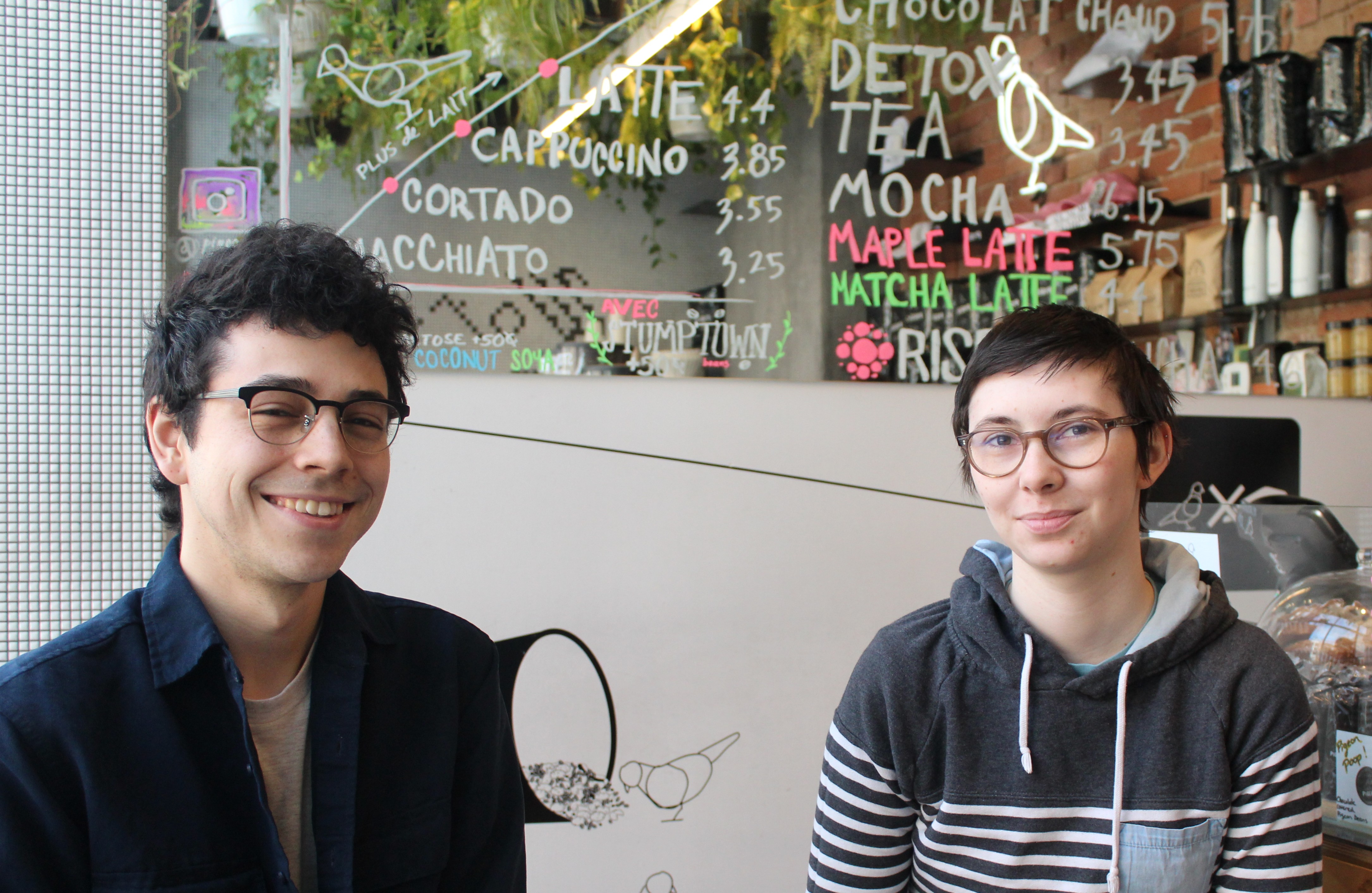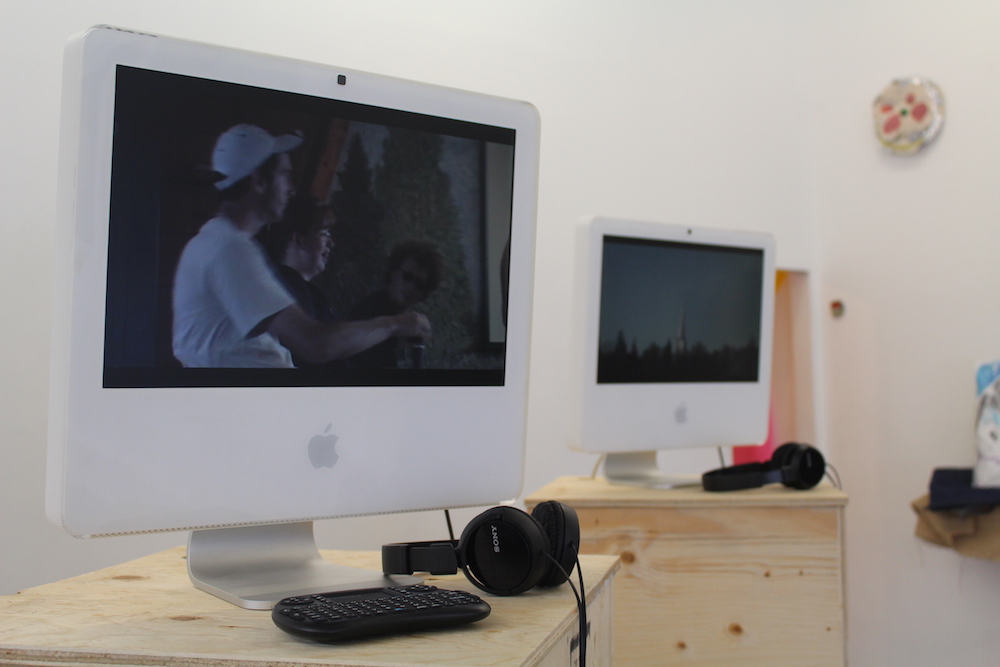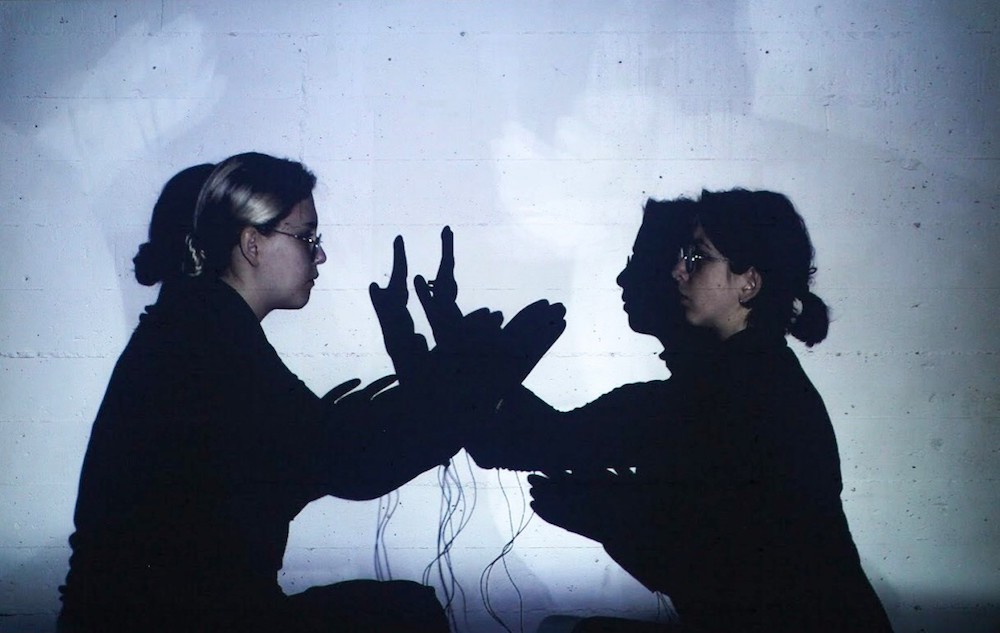Concordia students explore pedagogy in this year’s Art Matters Festival
The term ‘pedagogy’ is defined as “the method and practice of teaching, especially as an academic subject or theoretical concept.” Chris Mendoza and Jamie Potvin—the curators of pedagogy, an exhibition included in this year’s Art Matters Festival—explained that they wanted to explore this method outside the world of academia. Mendoza and Potvin focused their approach on pedagogy in the art world, inquiring how and why we learn through and with art.
Both studio art students with minors in art education, the curators met while co-teaching together. According to Potvin, “art education has a really structured framework,” which they wanted to expand on. The idea of exploring the intersection of art and education evolved into the concept for an exhibition. Mendoza and Potvin agreed that the Art Matters Festival could act as a platform they could build their idea on, as well as provide access to student work at Concordia.

This year, the festival received almost 300 submissions, which each chosen curator sifted through in order to find pieces that fit with their exhibition idea. A jury approved the curators’ choices, and they were given the funds and resources needed to bring their idea to fruition. As Potvin pointed out, the festival takes place in “traditional gallery space[s],” which added another area of exploration and critique to their exhibition. The curators aimed to question how viewers learn from pieces presented in white-wall galleries, how artists learn about their practice by exhibiting in these spaces and how their experiences would differ in unconventional gallery spaces. By presenting the works in a traditional gallery, Mendoza and Potvin call attention to these questions and encourage viewers to question the way they interact with art as well. Mendoza referred to this all-encompassing exploration as “a triad of curator-artist-viewer” experiences of learning.
One of the pieces featured in pedagogy is by Concordia computation arts students Emma Forgues and Sam Bourgault. Mendoza described their piece as the “translation of intimacy into something digital.” The piece, titled prox.Dance, originated in a digital sound class. It involves a performance (done by Forgues and Bourgault), which the artists wanted to share with the art community outside of the classroom. Similar to Mendoza and Potvin, they were drawn to the festival as a way to present their idea to the public. “It helps us to see how it looks in a real context,” Bourgault said.
The performance piece revolves around the artists, who wear proximity sensors. According to Forgues, they begin by moving in the space around them, and proceed to “explore the distance” between each other, always moving in a slow, calculated manner. Bourgault explained that they wanted to “focus on these minimal movements between two bodies,” and allow the audience to do the same. The artists also used frequency modulation (FM) synthesis to incorporate sound into their movements. With every movement Forgues and Bourgault make, the sound changes and adjusts. Through the exploration of movement, the artists learn about each other and the space between and surrounding them. They will perform prox.Dance at the exhibition’s finissage on March 23, but until then, a video of their preparation process is on display at the gallery.

Photo by Alex Hutchins
Phil Mercier, a photography transfer student from Mount Allison University in New Brunswick, was chosen to display his piece titled Action. The piece consists of two iMac computers that display old footage of the time Mercier spent at summer camps as a child. The artist, photographer and filmmaker said that as a kid, he enjoyed recording portions of his life. Recently, his parents sent him the old tapes, and Mercier decided to convert them into an art piece. He catalogued the clips by dividing them based on the actions that happen in the recordings. The actions were then pieced together to form a 2-channel video installation that Mercier said was intended to be “almost overwhelming.” It’s up to the viewer to decipher what is happening and how to make sense of it.
The artist said he is happy to participate in the festival, as he believes “it’s super important that there are opportunities for student-[artists], […] and that students are paid and valued for their work.” Art Matters has created a space for student-creators to share their knowledge and ideas while also being recognized for their work. Mendoza, Potvin, Forgues, Bourgault and Mercier all agreed that the environment of the festival encouraged collaboration and a collective respect for student work.
Mercier explained that although what is shared in a classroom has its value, practical experiences like this festival are extremely valuable to student-artists as well. He also encouraged viewers to give exhibited works the time and attention they deserve. Although it’s easy to pass by them without much thought, “when you’re in front of the piece, try to give it an extra 10 seconds and think about it a little bit more critically,” he said.
pedagogy is on display at Espace Projet (353 Villeray St.) until March 24. The gallery is open Wednesday to Saturday, from 11 a.m. to 6 p.m. The finissage will be held at the gallery on March 23, from 7 p.m. to 10 p.m. Forgue and Bourgault’s performance will be included in the event. For more information about the exhibition, visit the Art Matters Festival’s website. Additional information about the artists and their work can be found on their personal websites.
Emma Forgues: www.emmaforgues.ca
Sam Bourgault: www.sambourgault.com
Phil Mercier: www.philmercier.ca
Photos by Alex Hutchins




